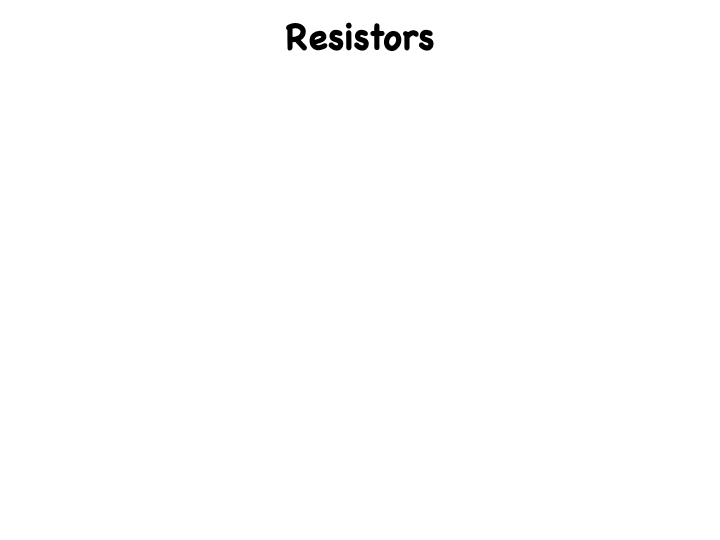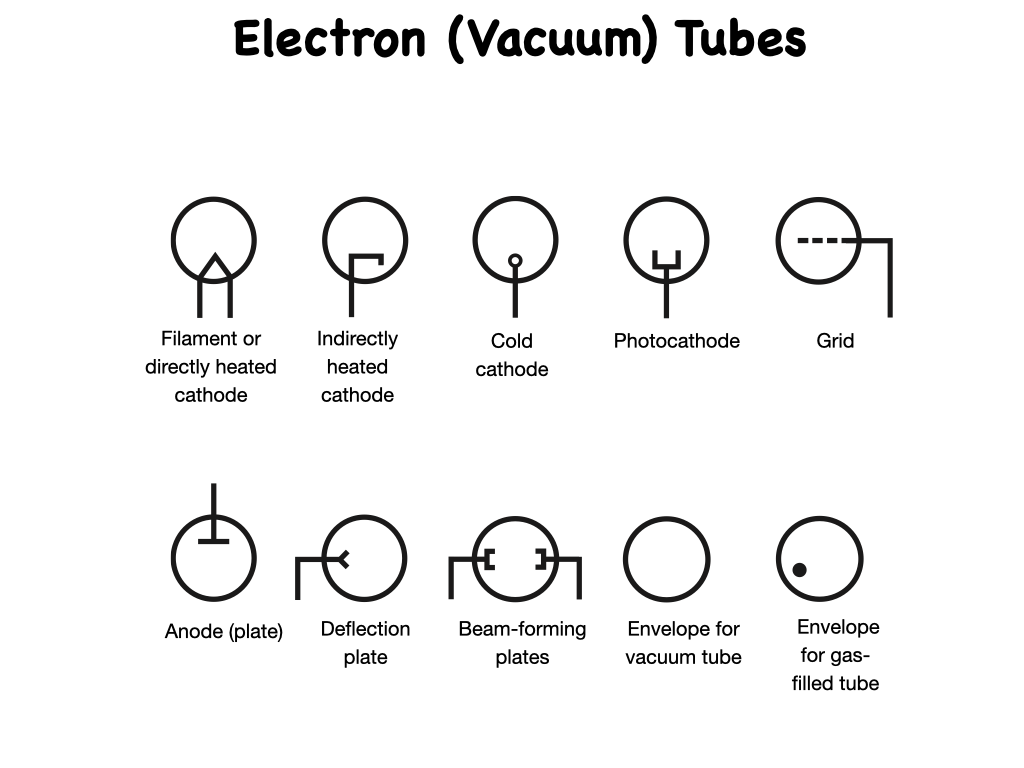All the capacitors that we’ve seen so far have a fixed design. In other words, the components specified have no provision for changing the capacitance value, which is determined at the time of manufacture. Some capacitors, however, do have the ability to change value. These components are generally called variable capacitors, although some specialized types are known as trimmer capacitors or padder capacitors. The most common symbol for a variable capacitor is an arrowed line which reveals the variable property; it runs diagonally through a fixed capacitor symbol.
There is an alternative way of indicating this same component. Most of the time, one of the first three will indicate a variable capacitance, regardless of the physical construction details. An air variable capacitor (one with an air dielectric) can tune many types of radio-frequency equipment including antenna-matching networks, transmitter output circuits, and old-fashioned radios.
A typical air variable capacitor has many interlaced plates, with the plates connected together alternately to form two distinct contact points. The set of plates that you can rotate is called the rotor; the set of plates that remains stationary is called the stator. All variable capacitors are non-polarized components, meaning that the external DC voltage you connect to them can go either way and it doesn’t make any difference.
Sometimes, two separate variable capacitors are connected together or ganged as in this case shown here. In a ganged arrangement, two or more units are used to control two or more electronic circuits, but both components are varied simultaneously by tying the rotors of the two units together.
This shows the schematic symbol for two variable capacitors ganged together. The minimum and maximum capacitance values of the two components might be the same, but they don’t have to be the same. They will, however, always track together. In a ganged system, when one of the capacitors increases in value, the others all increase as well.
As is the case with most electronic components, the schematic symbol for the capacitor serves only to identify it and to show whether it is fixed or variable and if fixed, whether or not it is polarized. The component value might be written alongside the schematic symbol, or the component might be given a letter and number designation, for example, C1, C2, C3, and so on for reference to a components list or table that goes along with the diagram.






































